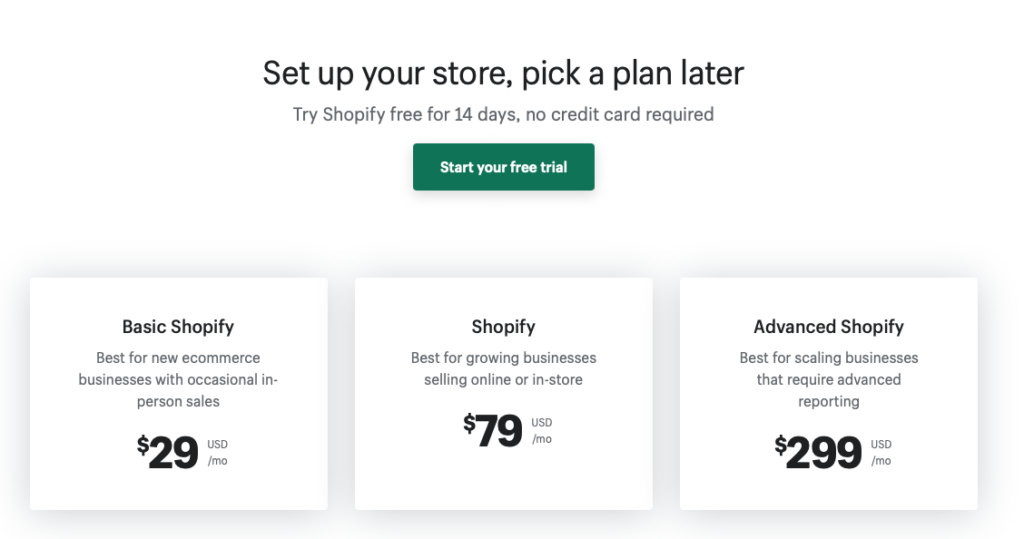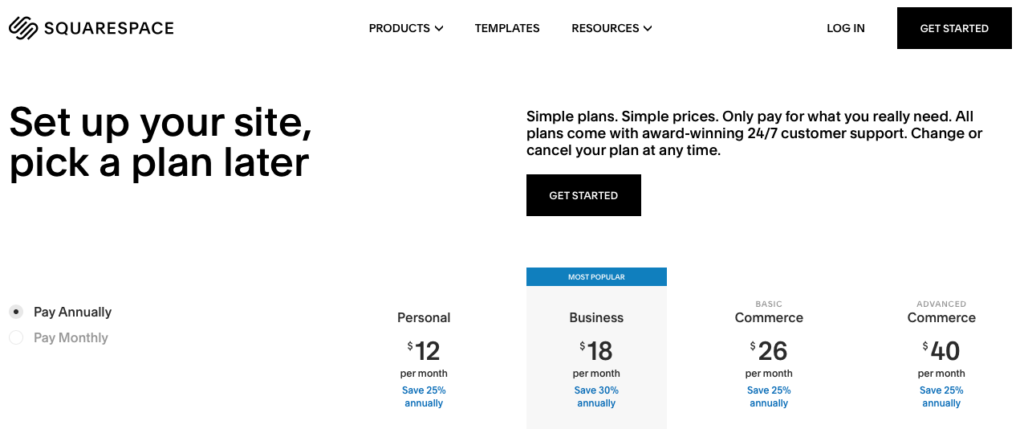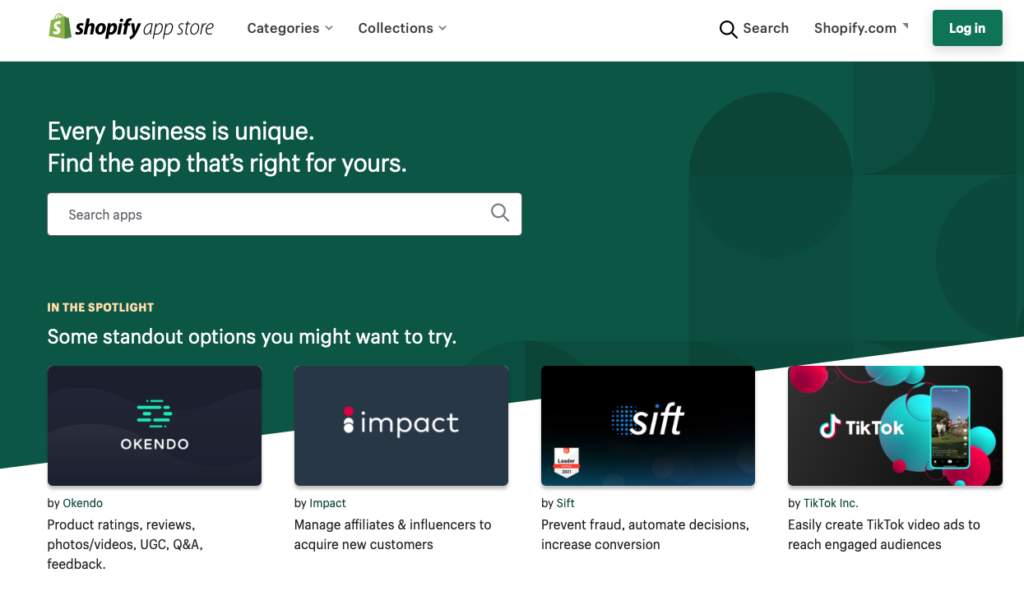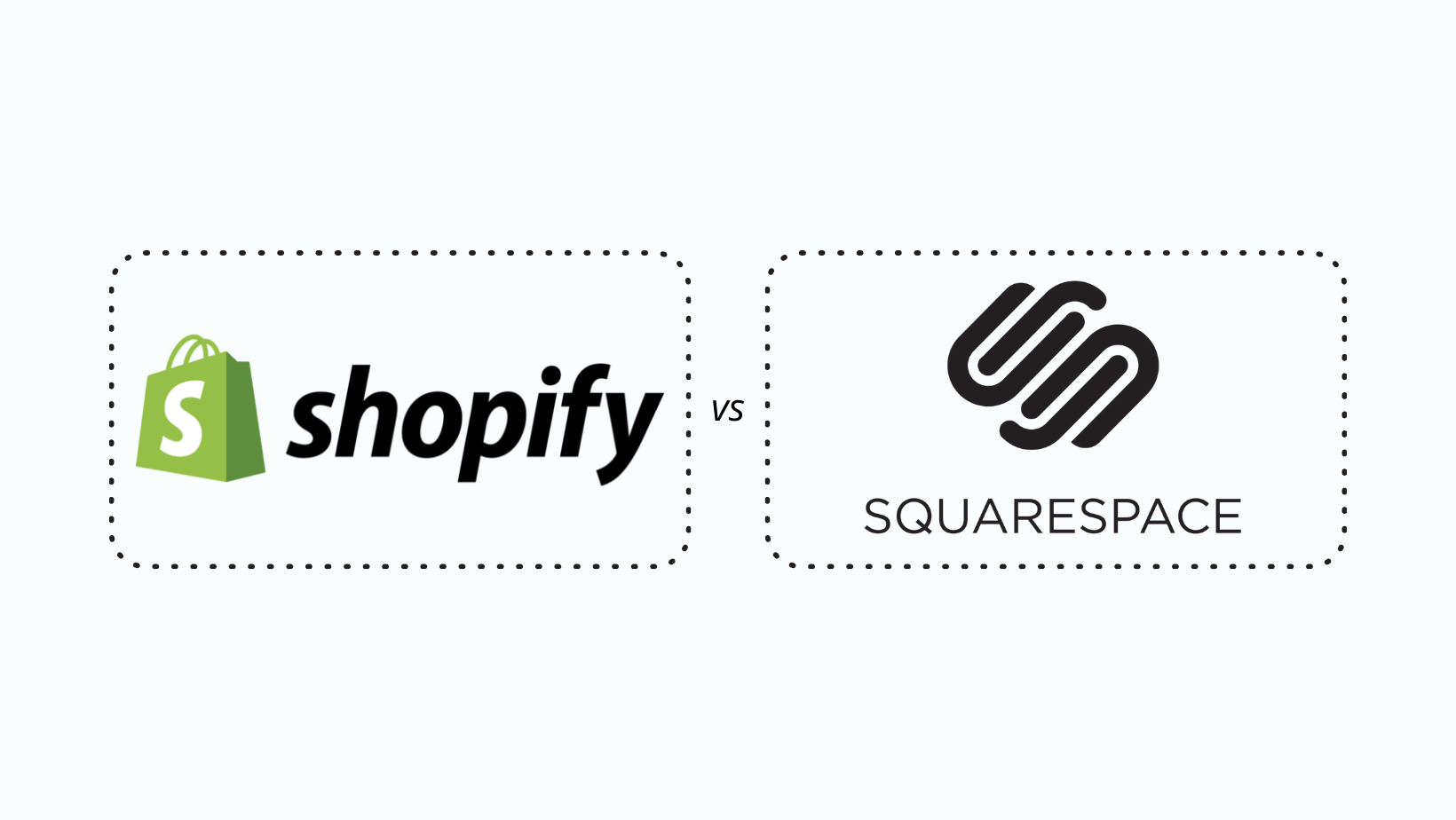With so many versatile and functional eCommerce platforms to launch your business on, it can be hard to know what fits best for you, your customer’s needs, and your products. Knowing where and how to lay the foundation for your eCommerce selling success is integral to starting on the right foot and charting your trajectory towards ultimate success.
As a result, the following breakdown will outline some of the most pertinent strengths, weaknesses, similarities, and differences between Shopify and Squarespace platforms.
Things to consider
Before diving too deep into the specifics of every eCommerce platform, the following summary of Shopify and Squarespace platforms will save you valuable time and energy in the investigative process. As a general rule of thumb, if you are serious about growing your online store and moving products, Shopify may be a better fit for you. If you value design and website content over the total amount of orders to fulfill every month, Squarespace might be a more suitable fit for you.
Shopify vs. Squarespace pricing
When it comes to pricing, basic subscriptions on Shopify and Squarespace platforms round out at $29/month for Shopify and $26/month for Squarespace. That said, once you get into more advanced plans, the difference begins to show. Squarespace’s advanced plan costs $40/month versus Shopify’s advanced plan of $299/month. Given the steep increase in monthly subscription prices, it pays to understand the rise in value and how these costs benefit your store in the long run. Let’s dive into some key differences and similarities that should help make the decision an easy one.


Key Similarities & Differences
While the steep increase in pricing between advanced platforms may appear excessive, Shopify’s resources are arguably worth the investment. For example, Shopify offers 24/7 support via email, live chat, and phone, whereas Squarespace only offers 24/7 support via email. Shopify also extends marketplaces where you can hire in-house experts to develop, buy, or sell an entire online store (exchange).
Shopfiy App Store
Many experts agree that the Shopify App Store is superior to that of Squarespace. With hundreds of integrations and third-party apps, everything from marketing to social media content to product sourcing to inventory management can be supported by a specialty app store tool. With an array of both free and paid options, no matter the task, there is undoubtedly a Shopify app for that.

Squarespace, on the other hand, does not have an official app store. Beyond a few basic third-party marketplaces for Squarespace apps, there are some limitations when it comes to changing or adding elements to your Squarespace store.

Shopfiy Point of Sale Capabilities
Are you interested in retail marketplaces, festivals, or fairs? Shopify offers a point of sale retail package with hardware like a barcode scanner, cash register, and receipt printer so that you have everything you need to get up and running remotely. Squarespace doesn’t offer this option, so if you want to sell both off and online, Shopify is hands-down a better choice.

Squarespace Platform Templates
The consensus of appeal and layout capabilities is that, while Shopify has some diversity in choice and design, Squarespace capabilities are visually superior and more user-friendly. Another advantage of Squarespace design is the easy-to-use drag and drop feature, allowing you to directly place elements into your site with ease.

Payment Processors
When it comes to collecting and processing payments, Shopify guarantees the highest level of flexibility and security. Thanks to the huge variety of Shopify apps, you can easily browse and download one of many third-party payment gateways that allow you to accept payments from anywhere around the world in almost every currency. Given the checkout process is where meaningful conversions take place, making sure the process is comfortable, safe, and easy to navigate is crucial.

Given the average online shopping cart abandonment rate is 69.80%, optimizing your eCommerce checkout with Shopify integrations is imperative. Pay close attention to variables like hidden costs at checkout (shipping, tax, other fees, etc), forced registration vs. guest checkout, and a lack of trust in site security and payment verifications because these are the most common issues that lead to cart abandonment. While Shopify’s payment processing capabilities are broad, Squarespace exclusively accepts two payment gateways, Stripe and Paypal.
Shipping
At Drive Fulfillment, we pair unmatched customer service with custom shipping solutions to maximize your efficiency and opportunities for growth. Now, more than ever, customers seek customization and ease of use regarding shipping and logistics. While Shopify and Squarespace both offer some forms of calculated shipping, Shopify is far superior with the ability to automatically calculate USPS and Canada Post rates in real-time. On Squarespace, only advanced accounts do have to ability to match this basic Shopify capability.

The Winner
While there are obvious advantages and disadvantages to each platform, if you are serious about growing your eCommerce business, Shopify takes the cake. With more than enough resources and inspiration, an extensive app store, and the peace of mind that comes with a safe and easy-to-use platform, Shopify makes it easy to focus on the essentials while fostering sustainable growth.
All this, plus exploring a partnership with a 3PL entity or Fulfillment Center like Drive Fulfillment can offer discounted UPS, USPS, and DHL rates, competitive pricing, in-house website design expertise, customer service support, and international shipping capabilities. The sky’s the limit when your eCommerce products are affordable and readily available to over 60 million customers in more than 106 countries worldwide.




